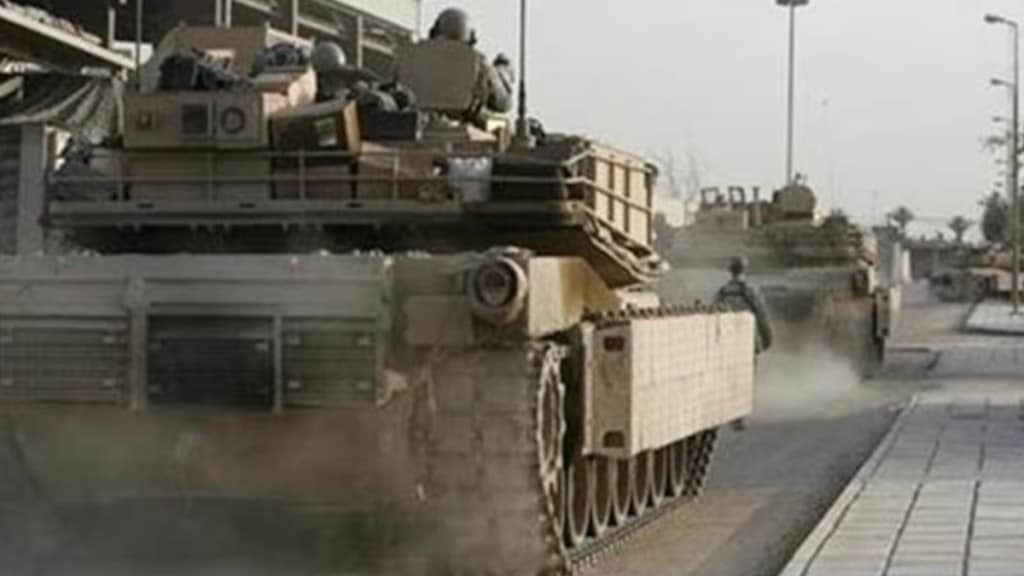The Defence Acquisition Council (DAC), chaired by Defence Minister Rajnath Singh, on September 3, 2024, approved 10 capital acquisition proposals amounting to a staggering Rs 1,44,716 crore. These proposals represent a significant leap in India’s defence modernization efforts, with 99 percent of the total cost derived from indigenous sources under the Buy (Indian) and Buy (Indian-Indigenously Designed, Developed, and Manufactured) categories. Among the key projects that received the green light is the procurement of Future Ready Combat Vehicles (FRCVs), which will play a pivotal role in modernizing the Indian Army’s tank fleet.
Future Ready Combat Vehicles (FRCVs): A Game-Changer for Indian Armour
The centrepiece of the DAC’s approvals is the procurement of Future Ready Combat Vehicles (FRCVs), a critical component of the Indian Army’s strategy to enhance its combat capabilities. The FRCV initiative marks a significant shift as the Army prepares to retire its aging fleet of Russian T-72 main battle tanks, which have been in service for over four decades. In their place, the Army plans to induct 1,770 state-of-the-art FRCVs by 2030, ensuring that the force remains agile and potent in the face of evolving threats.
Also Read: https://www.financialexpress.com/defence/12-oems-receive-fresh-rfi-for-1700-frcv/2264711/
FinancialExpress.com has reported previously that the FRCVs will be introduced in a phased manner, with the process divided into three distinct stages. The initial phase will focus on integrating established technologies, while the second phase will incorporate advanced innovations. The final phase, set to conclude by 2030, will introduce futuristic breakthroughs that redefine the boundaries of modern warfare. According to sources in the defence establishment, this timeline is meticulously structured, with an expected 4-5 years for development and an additional 1.5-2 years for full-scale production.
The Strategic Significance of FRCVs
The decision to procure FRCVs is not just a matter of upgrading hardware; it is a strategic move in response to the shifting global combat landscape. The Army’s existing T-72 tanks, which have served since 1979, are now considered outdated in the context of modern warfare. The FRCVs, with their superior mobility, all-terrain capabilities, multilayered protection, precision firepower, and real-time situational awareness, are designed to provide the Indian Army with a decisive edge over potential adversaries.
The introduction of FRCVs is also a response to the growing threats from the aerial domain, including unmanned combat aerial vehicles (UCAVs) and loitering munitions. Enhanced Intelligence, Surveillance, and Reconnaissance (ISR) capabilities have necessitated a unified and networked approach across all facets of military operations. The FRCVs are expected to be the cornerstone of the Army’s armoured capabilities for the next 40-50 years, ensuring that India maintains a combat overmatch in any future conflicts.
A Long Journey Toward Modernization
The journey toward the development of FRCVs has been a long and challenging one. Originally envisioned as part of the Make Project in 2008-09, the project faced several delays and changes in approach over the years. It was initially proposed as a standalone project outside the Defence Procurement Procedure (DPP) under the Ministry of Defence (MoD). A Request for Information (RFI) was issued in June 2015 to invite design proposals, which received a positive response. However, changes in leadership and shifting priorities led to the project being brought back under the Make 1 category in the updated DPP of 2016.
Subsequently, the FRCV project was considered under the Strategic Partnership (SP) model, where a foreign Original Equipment Manufacturer (OEM) partners with an Indian company selected by the MoD. This model presented its own set of challenges, particularly in terms of selecting the right Indian partner and securing the necessary approvals from the MoD. The success of the FRCV project hinges on the efficient approval of Project Specific Qualitative Requirements (PSQR) by service headquarters and the timely granting of Acceptance of Necessity (AoN) by the MoD.
The development and procurement of FRCVs are critical not only for enhancing the Army’s combat readiness but also for fostering technological advancement and self-reliance within the Indian defence industry. The FRCVs are expected to serve as a foundation for developing a range of combat vehicles with a standardized platform, further contributing to India’s goal of becoming a global defence manufacturing hub.
Other Key Approvals by the DAC
In addition to the FRCV project, the DAC also granted AoN for several other crucial proposals. Among these is the procurement of Air Defence Fire Control Radars, designed to detect and track aerial targets and provide accurate firing solutions.
Another significant approval was for the Forward Repair Team (Tracked) vehicles, which possess cross-country mobility and are capable of conducting in-situ repairs during mechanized operations. These vehicles are developed by Armoured Vehicles Nigam Limited and are authorized for both mechanized Infantry Battalions and Armoured Regiments.
The Indian Coast Guard (ICG) also received a boost with three AoNs aimed at enhancing its operational capabilities. These include the procurement of Dornier-228 aircraft, Next Generation Fast Patrol Vessels, and Next Generation Offshore Patrol Vessels. These assets will enable the ICG to carry out effective surveillance, patrolling, search and rescue, and disaster relief operations across India’s vast maritime zone, even in rough weather conditions.

